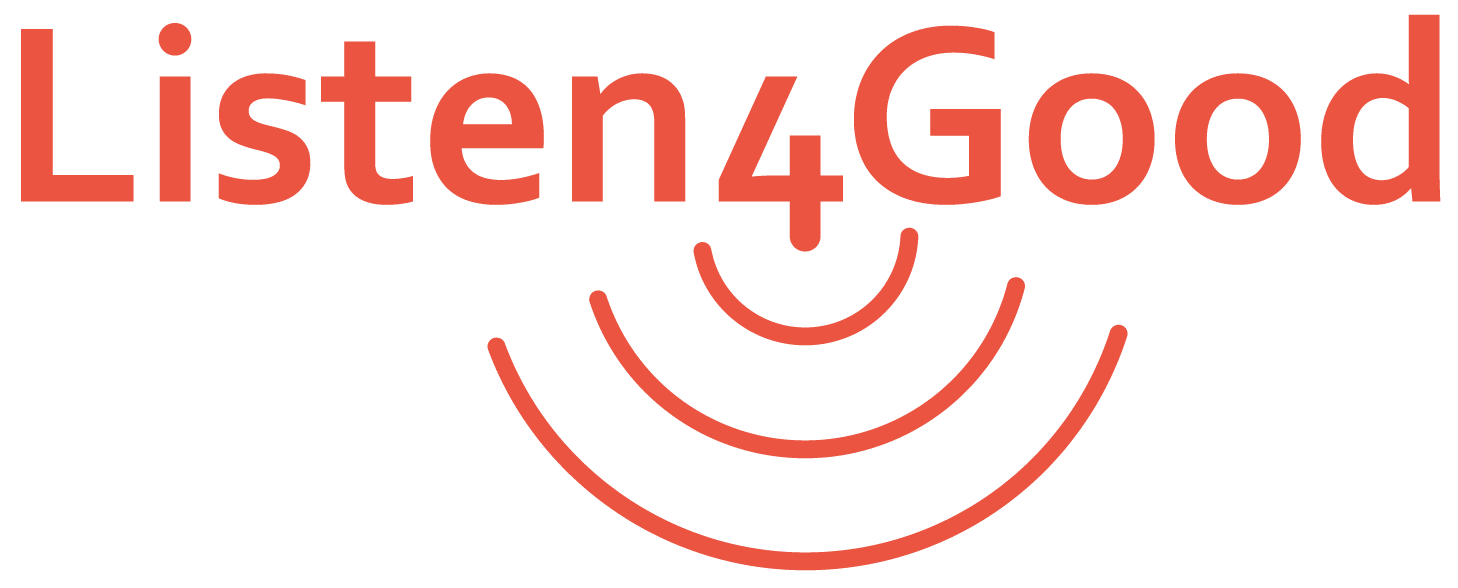

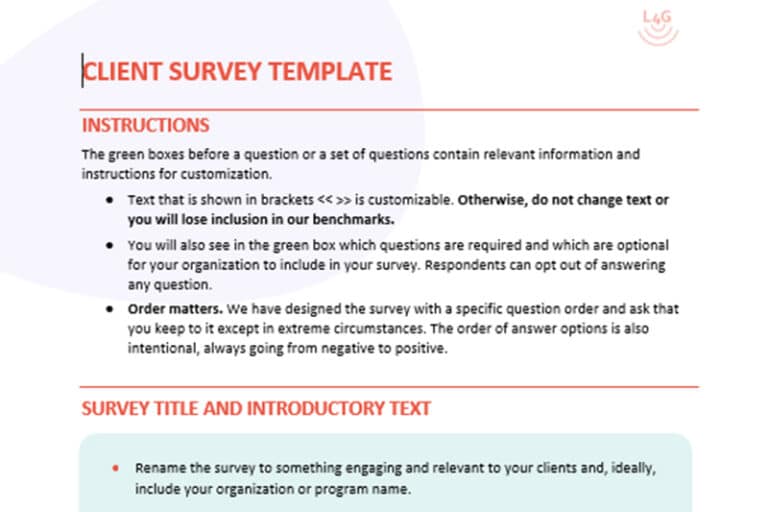

What are best practices and principles around client engagement?
L4G’s pyramid of client engagement strategies outlines ways in which clients can contribute to, advise on, and effect change within organizations. No matter how you engage clients in your organization, we recommend keeping the following best practices in mind: Additional Client Engagement Resources Want more resources on how to effectively engage clients? Check out the…

How can I involve clients in analyzing survey results?
Focus groups can be a useful tool to probe deeper on patterns in your survey. A crucial part of developing your focus group will be to determine first what you are hoping to learn, then build questions off of that. In this article, we’ve suggested a draft outline for building a focus group around the…
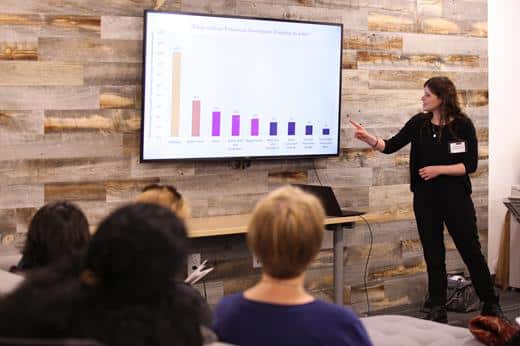
When and how should I share results with program staff?
It’s a good idea to share survey results with program staff before closing the loop with clients. Staff may well feel “blindsided” if any critical feedback is not discussed with them first. Beyond that, staff are often the best positioned to help put feedback into context and to help you brainstorm your response. Before sharing…

What are best practices for surveying via paper?
Paper surveys are easily accessible across a range of populations, generally inexpensive to produce, and avoid challenges of digital access and literacy. Among L4G organizations, we see average response rates with paper surveys to be among our highest. But, paper surveys do require additional staff time to manually input responses so that you can analyze…

What are best practices for surveying via email?
We recommend only using email surveys if email is already a primary way that you communicate with your clients. You will likely receive the most responses on the first day you send the survey invite, followed by days on which you send out email reminders. Your survey should have a stated closing date, and you…

What are the common challenges to getting high response rates?
Not getting enough survey responses is called a “low response rate.” This is a common challenge for organizations. The first step to increasing or ensuring high response rates is to better understand the reasons for low response rates. Some of the most common reasons include:

What are some of the best practices around asking good survey questions?
There is an art and a science to survey design. You need your questions to be valid and provide high-quality data. But, methodology aside, survey questions need to be written for real people — diverse, busy people whose voices aren’t often heard. If you’re wondering or worried about how to do this well, we have…
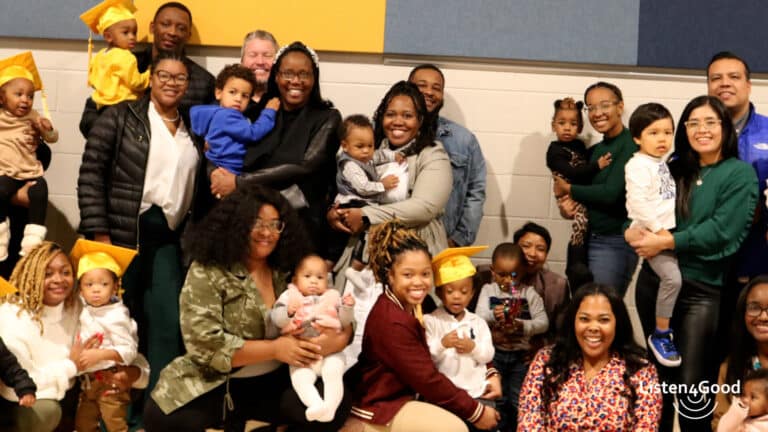
AMA: Gathering Community Feedback Now-How to Do It Well
In May of 2025, we had rich conversations with 100+ organizations about how to effectively gather community feedback in this moment. Below are some of the key questions asked and tips that were provided. Gathering Feedback What are some suggested methods to ask for feedback? How often should we ask for feedback? How can we…
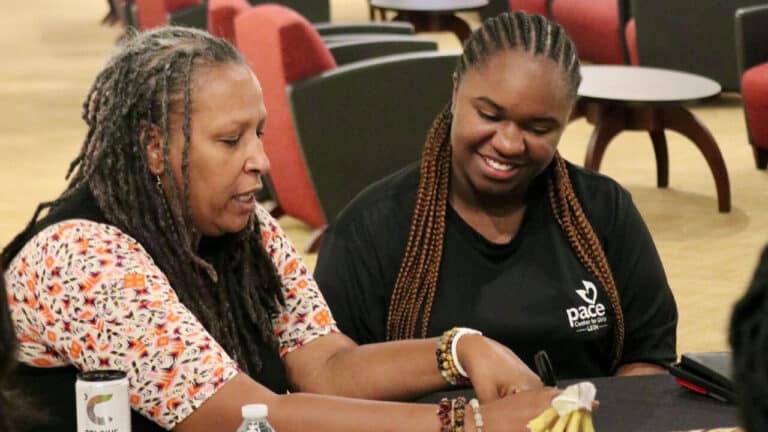
Using NPS to Increase Organizational Impact
Listen4Good supports organizations to use the The Net Promoter Score℠ (NPS®) framework, along with other experience questions, over time in order to track client sentiments, provide point-in time snapshots of how clients perceive their overall experience with an organization, and illustrate how organizations compare to peers. This case study details how two L4G participants—Pace Center…

From Client Satisfaction to Fundraising — How Legal Aid Organizations Use Listening
This case study explores how two legal aid organizations, Open Door Legal (ODL) and Community Legal Services (CLS), partnered with Listen4Good (L4G) to enhance their impact measurement, client satisfaction, and fundraising efforts. Both organizations serve low-income individuals in need of legal services and face unique challenges in measuring the effectiveness of their work with clients….
